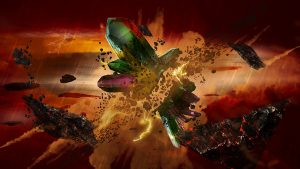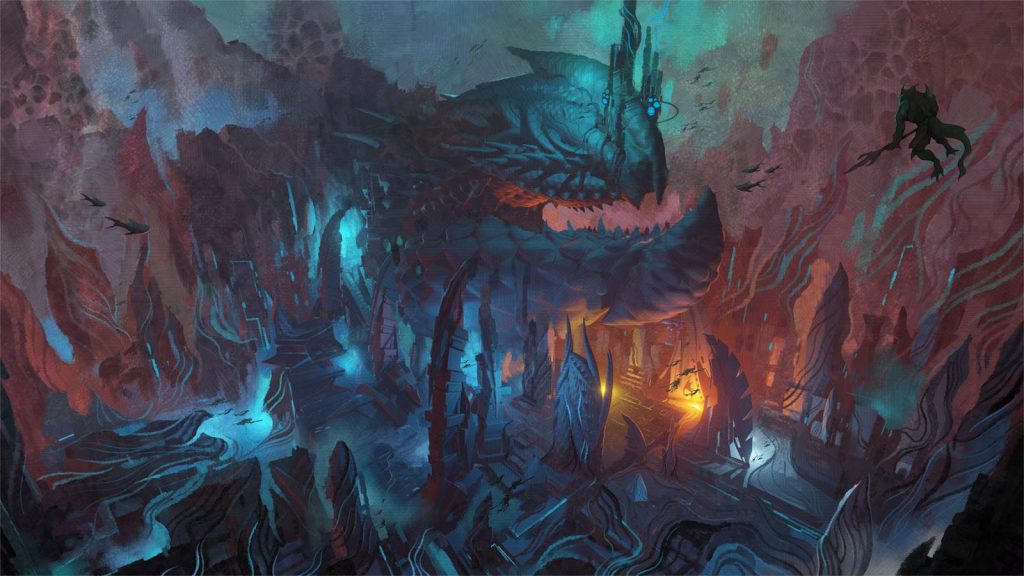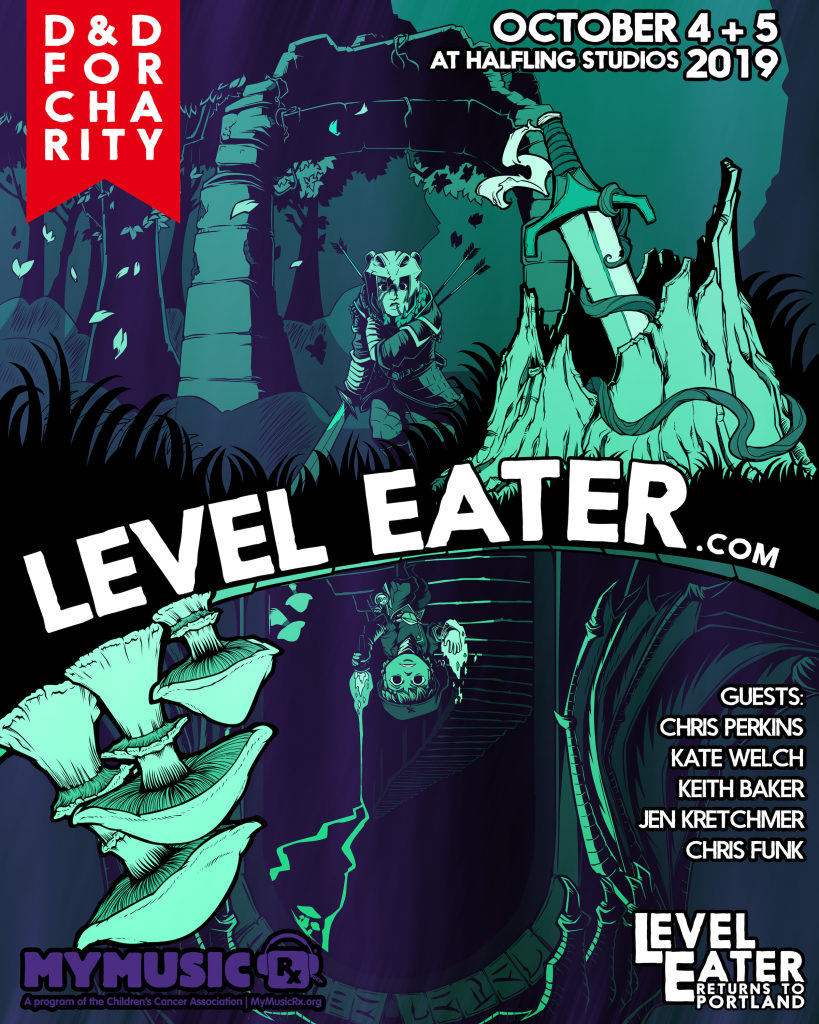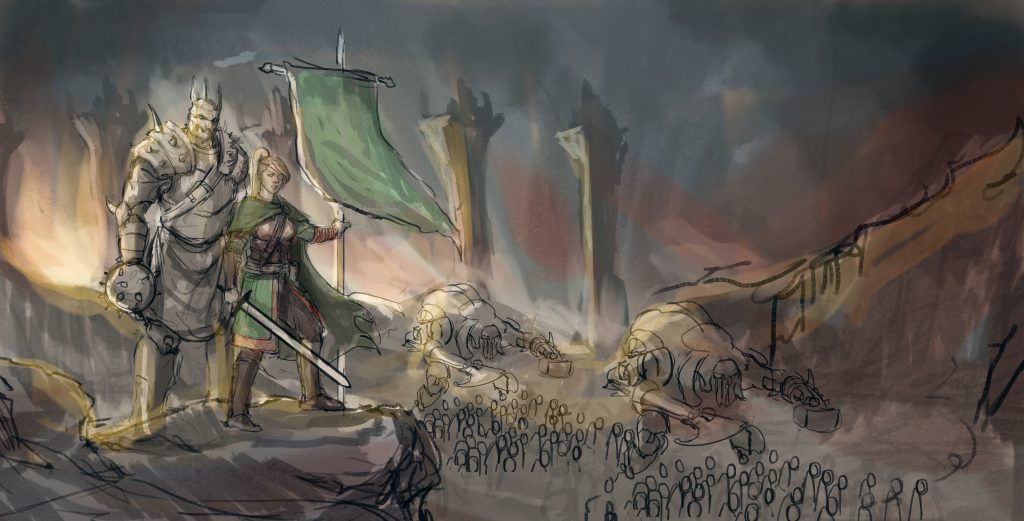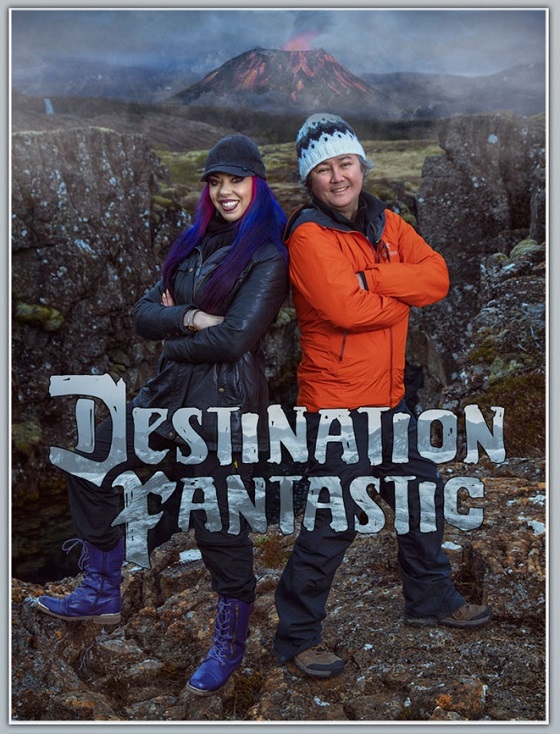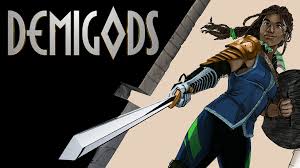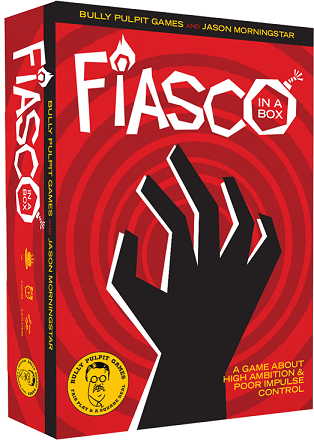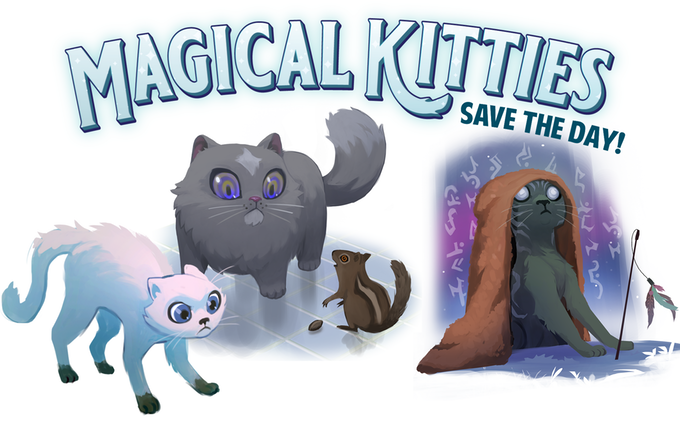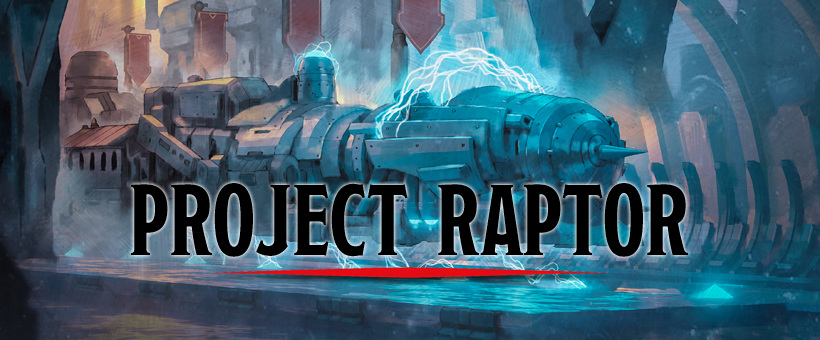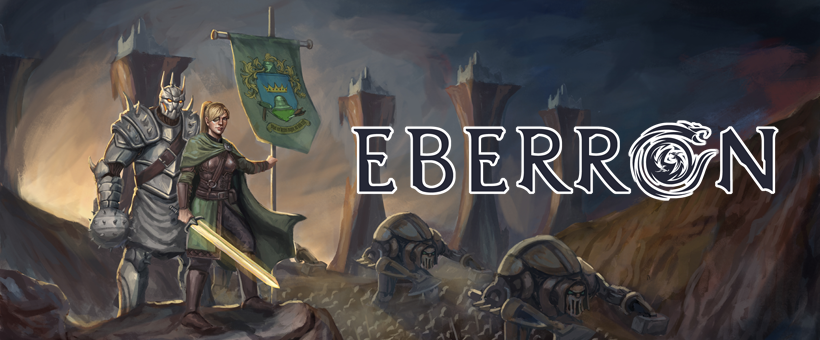
Fifteen years after it was first released, Eberron has finally come to Fifth Edition! Rising From The Last War is available at last. I am thrilled to have been involved with this, and especially to have had a chance to work with Jeremy Crawford and James Wyatt again; James was part of the original team that developed the world with me for Third Edition, and it was definitely good to get the band back together.
Now the book is out, those of you who’ve played the setting in previous editions may wonder what’s new? What’s changed? I’m going to give a quick overview of some of the changes. Over the course of the next few weeks I’ll be discussing each of these changes in more detail; in particular, tomorrow I’ll take a deeper look at the evolution of the warforged. Before I dive into the details, I want to thank my Patreon supporters who make it possible for me to maintain this site, and also to call out Olie Boldador for the image above. This was commissioned for Exploring Eberron, the book I’m currently writing for the DM’s Guild. With that said, let’s get down to the details.
What’s Changed?
First and foremost, Eberron: Rising From The Last War brings the world of Eberron to Fifth Edition. It’s been ten years since Eberron was released for Fourth Edition, and the goal was never to change the world, but rather to introduce it to people who might never have encountered it. With this in mind, one thing that hasn’t changed is the timeline. Rising From The Last War is set (by default) in 998 YK, four years after the Day of Mourning and two years after the Treaty of Thronehold brought the Last War to an end. However, what Rising does is to take a harder look at the consequences of that timeline—the fact that Khorvaire is only two years out from a bitter civil war that lasted for decades. In the Gazetteer, each nation has a section that discusses the specific impact of the Last War on that nation. There’s also tables of story hooks for characters who fought in the war, and an extended section on how the aftermath of the war could impact a campaign. So the world is the same; we’re just exploring a corner of it that’s been underdeveloped in the past. But here’s a few things that have changed. I’m going to be very brief here, but I’ll discuss each of these in more detail in future posts.
- The Mror Dwarves. We’ve expanded on a piece of dwarven history. It’s always been part of the setting there there were ancient ruins under the Mror Holds. In Rising we’ve established that there’s a daelkyr down there—that Dyrrn the Corruptor is below the Mror Holds with a horde of aberrations. Most dwarves are prepared to fight to reclaim their ancient lands, but some are willing to use the weapons of their enemy to fight them. Thus, symbionts—the living weapons of the daelkyr—have become a part of the Mror Holds. Some clans embrace them; others despise them.
- Races. Rising From The Last War presents the unique races of Eberron—the warforged, kalashtar, shifters, and changelings. If you have been following the Unearthed Arcana articles or used the Wayfinder’s Guide to Eberron, you’ll find that these have changed—mostly in small ways, some in larger ways. The core concepts of the races remain intact; it’s purely the mechanics that have been revised. In particular, I’ll discuss the warforged tomorrow.
- Dragonmarks. Following the precedent of the Wayfinder’s Guide to Eberron, dragonmarks are a subrace option. The Greater Dragonmark feat has been removed for now; in the short term, this effect has been replaced by a feature called Spells of the Mark, which allows dragonmarked spellcasters to treat certain spells as being on their class spell lists. I’ll talk more about this in the future, but you may see a few options for non-spellcasters in Exploring Eberron…
- The Mournland. Rising From The Last War has an extensive section on the Mournland, providing a lot of material for running adventures in the ruins of Cyre. In 3.5, it was asserted that there were a few absolute rules that applied to the Mournland, specifically that healing didn’t function. Rising dials that back to say that nothing about the Mournland is predictable. There may be many places in the Mournland where healing magic is impeded, but it’s not an absolute rule across the entirety of it. This was always how *I* ran the Mournland, and I’m glad to provide the DM with the flexibility to decide on the limitations at play in a particular adventure.
- Lady Illmarrow. Chapter 6 includes a stat block for Lady Illmarrow, an infamous lich known to lurk in a frozen castle on the edge of the Lhazaar Principalities. Lady Illmarrow has a secret, which I’ll leave unspoiled here. But as she’s an interesting and powerful character who should be known in the world, I wanted to establish her secret identity—an identity that COULD be tied to well-known stories and rumors.
- Monsters. There’s been a number of little changes to monsters and monstrous lore. To cover these quickly: Doppelgangers are now said to be derived from changelings, rather than the other way around; they are changelings that have been twisted by the daelkyr Dyrrn the Corruptor. Quori are considered to be aberrations. Karrnathi undead are now a single type of undead as opposed to being split between skeletons and zombies—though, of course, the Karrns used many sorts of undead in the war! Another big change is the introduction of Valenar Beasts—the idea that it’s not just Valenar horses that are special, along with an explanation for why these creatures can’t be bred in captivity.
- Guns. I’m kidding; Eberron’s approach to guns hasn’t changed at all. Some people were worried due to various images that firearms had become a standard part of Eberron; this isn’t the case. The Artillerist artificer specializes in creating ARCANE artillery, and by default the Arcane Firearm of an artificer is a modified rod, staff, or wand. There’s a place for everything in Eberron, and if you use the firearm rules in the DM’s Guide artificers should be proficient in their use. There’s also nothing stopping you from describing YOUR artificer as using a unique firearm they’ve created; but Eberron still focuses on wandslingers, not gunslingers.
What’s New?
Set aside the things that have changed, what does Rising add that you haven’t seen before? Here’s a few things to look forward to…
- The Artificer. This isn’t new to Eberron, but it’s the first new fully developed character class for Fifth Edition! One of the interesting things about the artificer is that subclass dramatically shapes the role of the character; an alchemist is quite different from an artillerist (and you can expect to see a few new options for artificers in Exploring Eberron…)
- Group Patrons. One of my favorite additions to Rising From The Last War is the introduction of Group Patrons, essentially backgrounds that can be shared by an entire group. This is an excellent way to establish a basic theme for a campaign. Are you spies? Soldiers? Intrepid reporters for the Korranberg Chronicle?
- Warforged Colossus. In exploring the Last War, we decide to look at a few new weapons of war. In the last days of the war, Cyre needed something big to match Breland’s floating fortresses; and so Cannith produced the warforged colossi, gargantuan living constructs. All known colossi were lost during the Mourning, but they must still be there in the Mournland, waiting to be found. A colossus can be a bizarre dungeon… and if the Lord of Blades can reactivate one, it would be a terrifying threat.
- Scary Monsters. Rising provides details on a few of the most terrifying threats in Eberron—the daelkyr and the overlords. It gives statistics and details overviews of two of each of these. The daelkyr Belashyrra is the Lord of Eyes and the master of the beholders, while Dyrrn the Corruptor can make anything into a monster. Rak Tulkhesh is the overlord known as the Rage of War, and the Last War has given him strength. Sul Khatesh is the Keeper of Secrets and the Queen of Shadows, and can be an excellent patron for warlocks as well as a nefarious foe.
I’m going to stop here, but I’ll be writing more about all of these things in the days ahead, and I am of course working on Exploring Eberron, a new book for the DM’s Guild! If you’ve got Rising From The Last War, let me know what you think of it.

